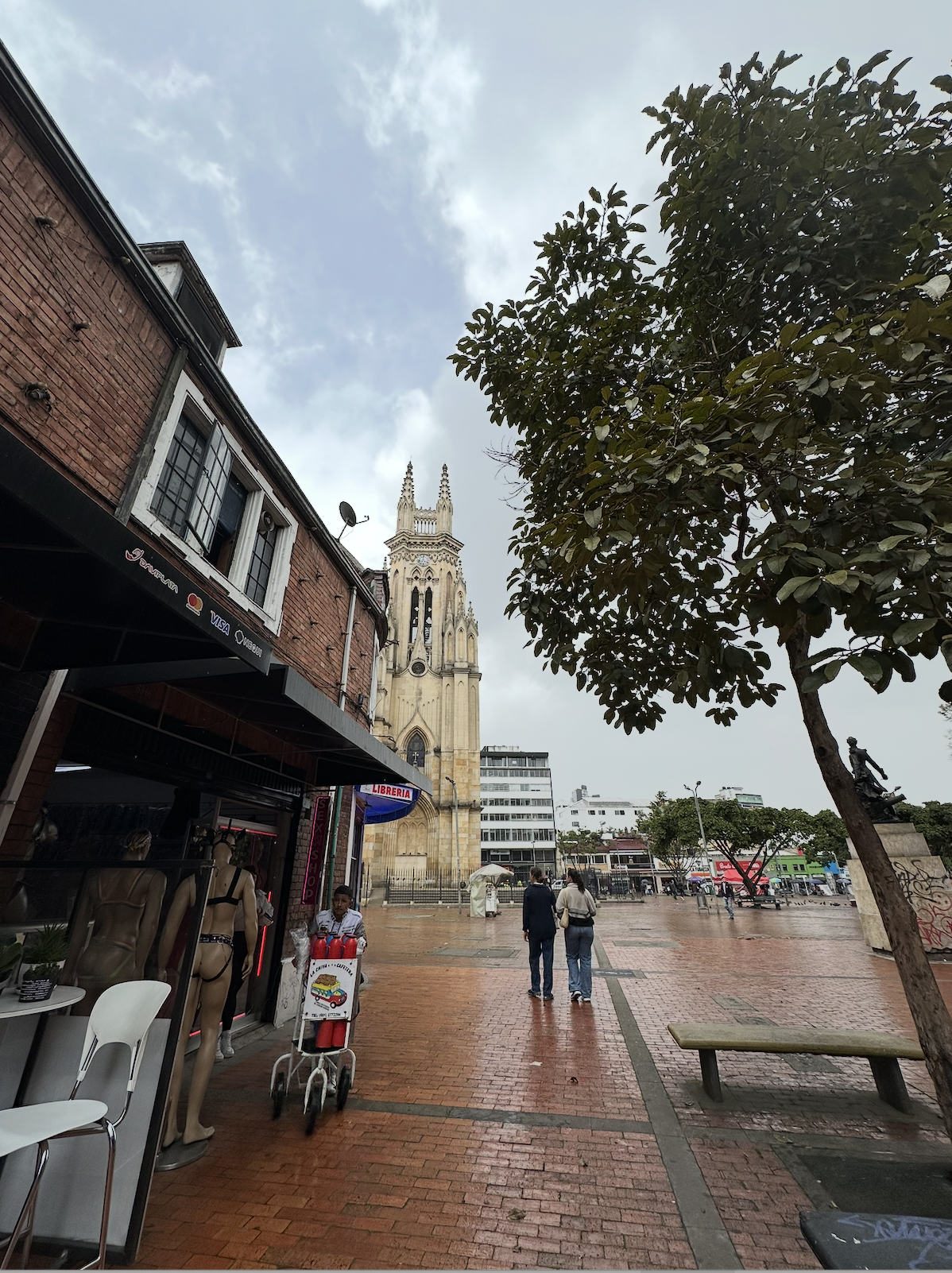
Securitization without Security:
How Migration is Shaping the Global Order
notes from the field entry #1
Migration, Visibility, and Urban Margins in Santa Fé
Author: Sarah Neubecker
Location: Bogotá, Colombia
Date: July 9, 2025
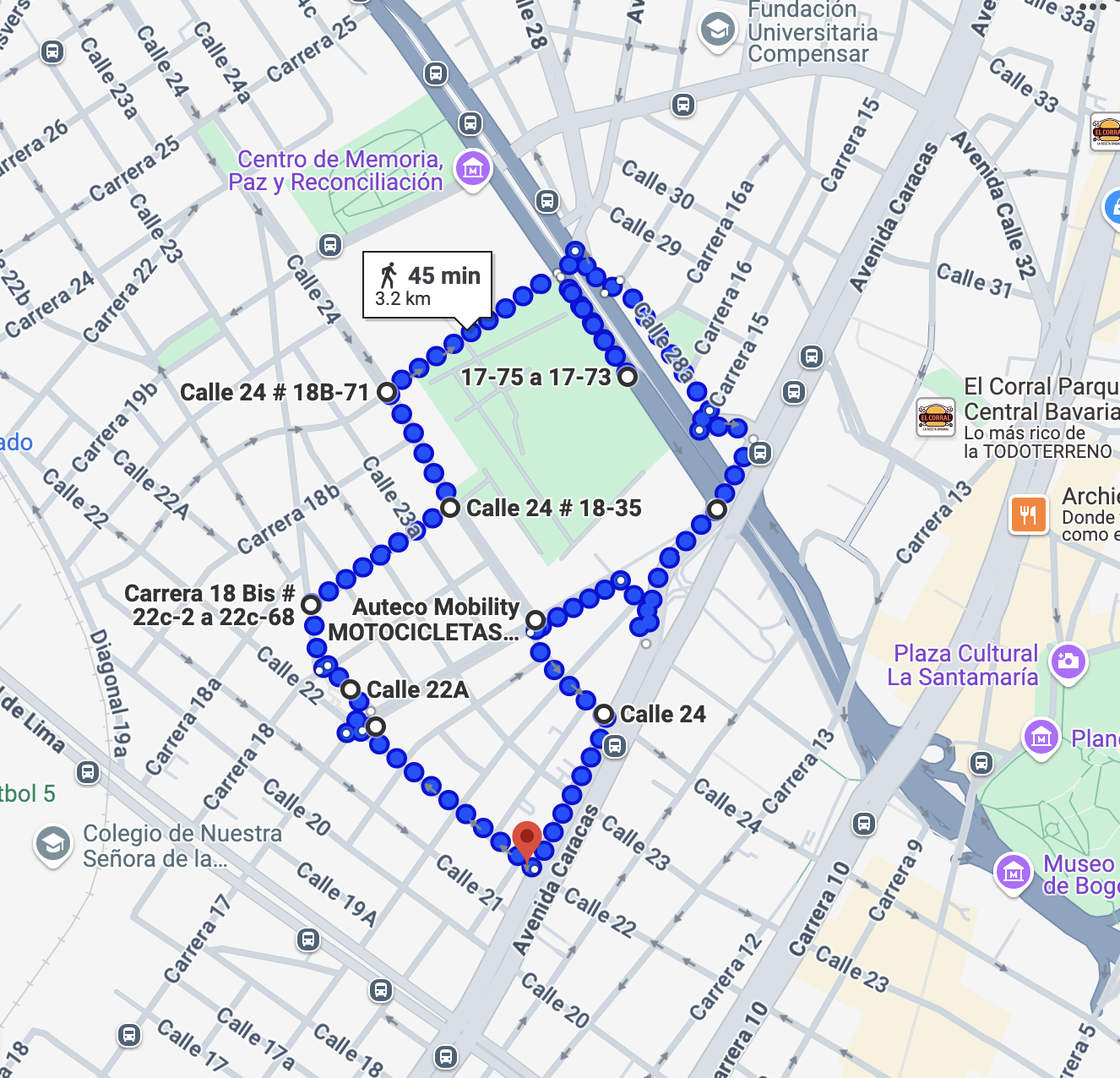
Today, our team set out to visit a local NGO we had identified during our research: SIMN Scalabrini Centro de Atención al Migrante. On our way there, we gathered valuable context from our Uber driver, who described Santa Fé—the neighborhood we were heading to—as a migrant hub with a complicated reputation. He explained that most of Bogotá’s migrants are Venezuelan and that, in public perception, they work across formal and informal sectors, including stigmatized labor such as sex work and drug trafficking.
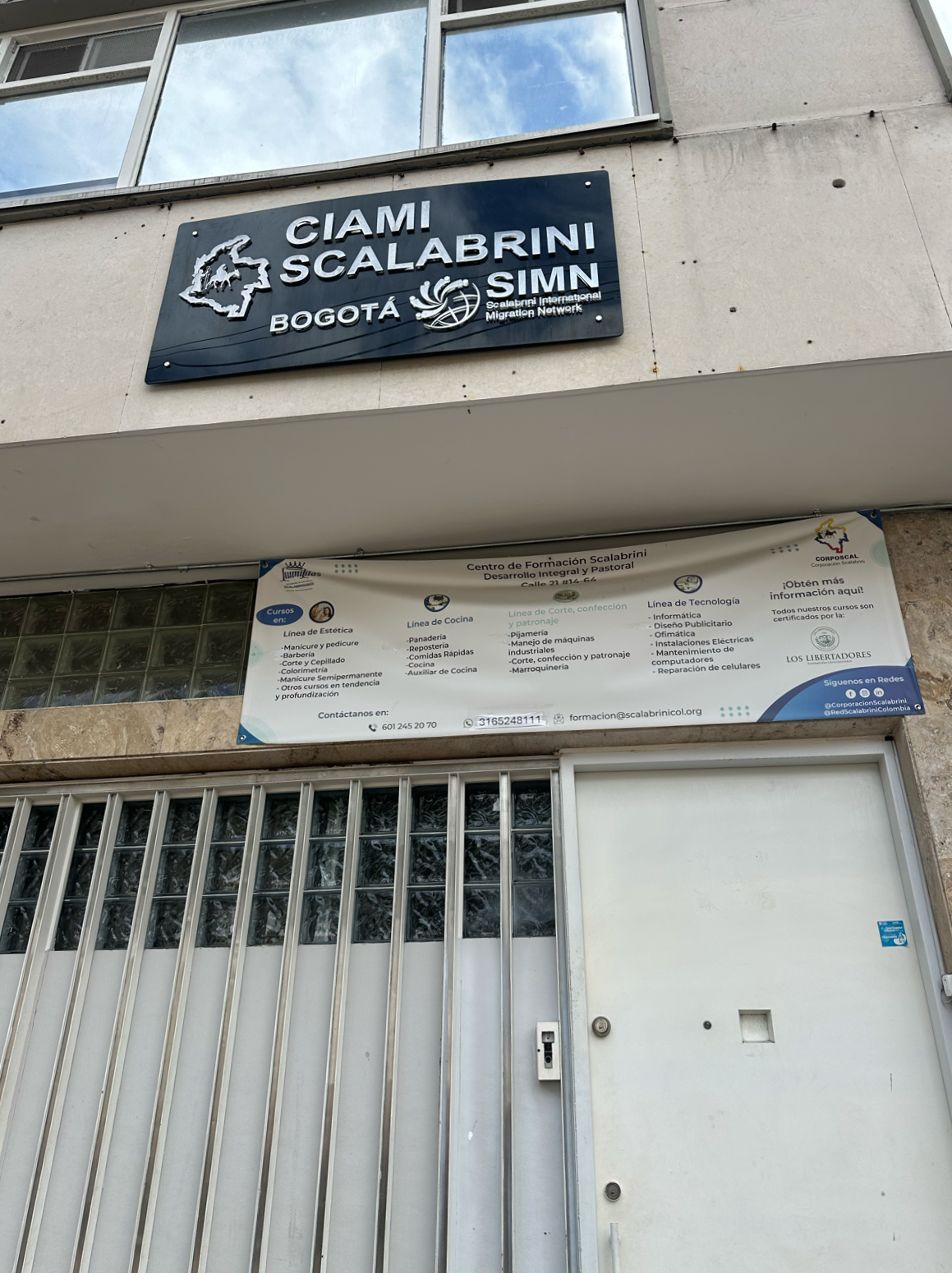
Upon arrival at SIMN Scalabrini, we rang the bell and were greeted by a hesitant but welcoming staff member who informed us that the organization has been non-operational since December 2024 due to a lack of funding. He kindly invited us inside and explained that SIMN’s closure was not an isolated case—many local NGOs have had to shut down or drastically reduce operations for the same reason.
The center, though quiet, still bore visible signs of its mission: walls with painted affirmations, anti-xenophobia posters, and posted mealtimes from when services were active. The staff member suggested we continue our visit by walking to El Castillo de las Artes, a nearby government-run services hub. He also confirmed that the surrounding plaza and streets offered a good vantage point for observing Venezuelan migrant life.
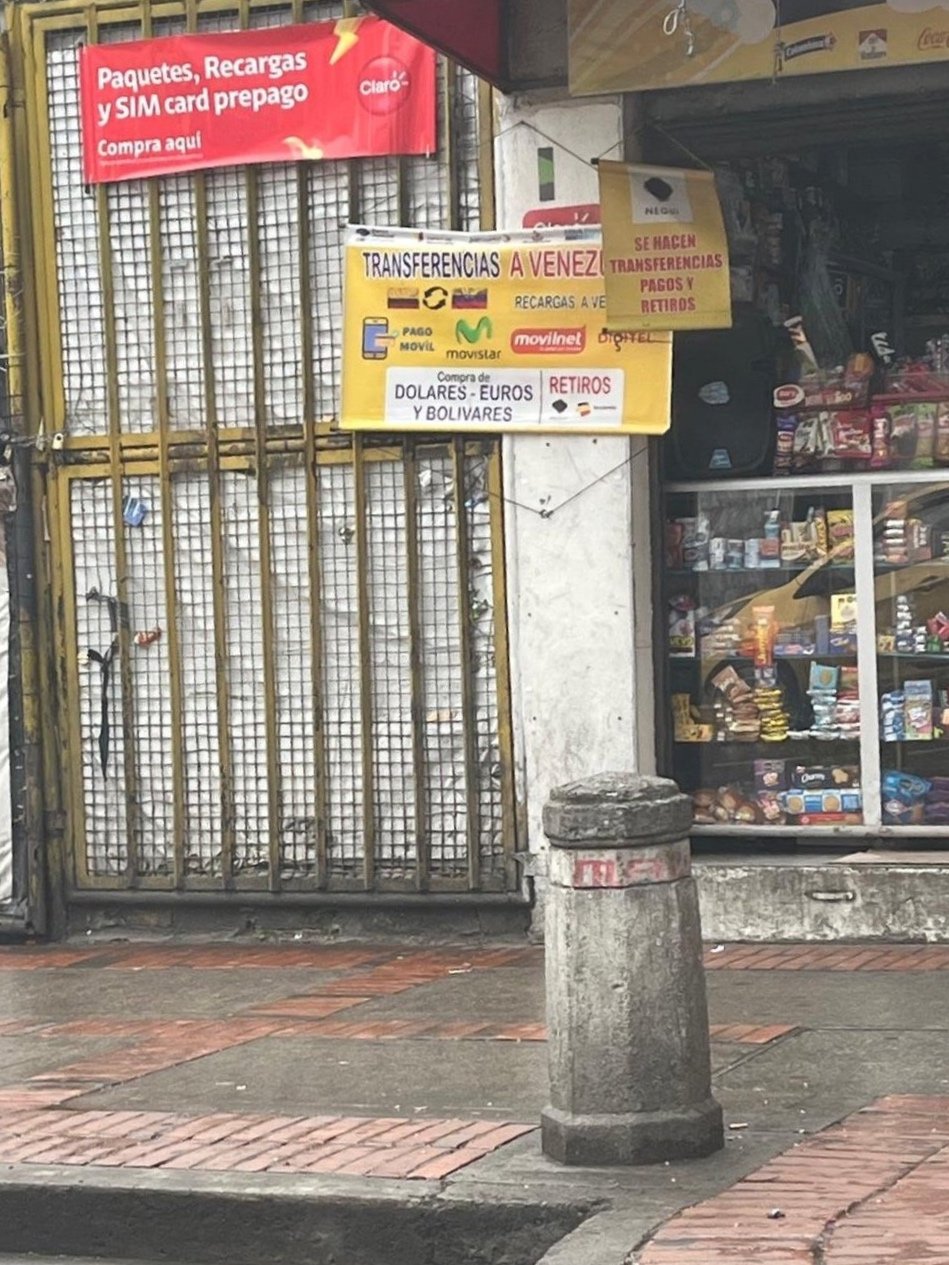
As we walked, we noticed small businesses advertising Venezuelan money transfers, bodegas, and a visible street economy. Having heard from our driver about the local sex economy, we also began to observe sex workers positioned on corners. These informal economies were woven deeply into the visual and social landscape. At El Castillo, we spoke with a sociologist who offered a broader historical context of Santa Fé. Once home to Jewish immigrants and central to Bogotá’s urban layout in the 1940s, the neighborhood has gradually become known for its association with illicit economies—referred to by some as a “barrio de putas” or, more neutrally, a zone known for sex work and drug activity. Both the sociologist and our Uber driver explained that Santa Fé is legally recognized as a “zona de tolerancia”, a space where certain activities, such as sex work and drug use, are decriminalized but spatially contained.
When we shared our intention to walk the neighborhood for observational work, the sociologist strongly advised against going alone, especially because our appearance made it obvious we were not locals. He quickly coordinated with two of his colleagues, both teachers at Castillo de las Artes, who generously offered to accompany us.
What followed was a rich and candid walking tour. Our guides described how corruption and inefficiency often undermine government resources meant for vulnerable populations. “The money exists,” one remarked, “but it often goes to those who don’t need it.” As we moved through Santa Fé, we passed informal food stalls, observed a man wearing Venezuelan flag board shorts, and witnessed the sharp contrast between visibility and marginalization in public space.
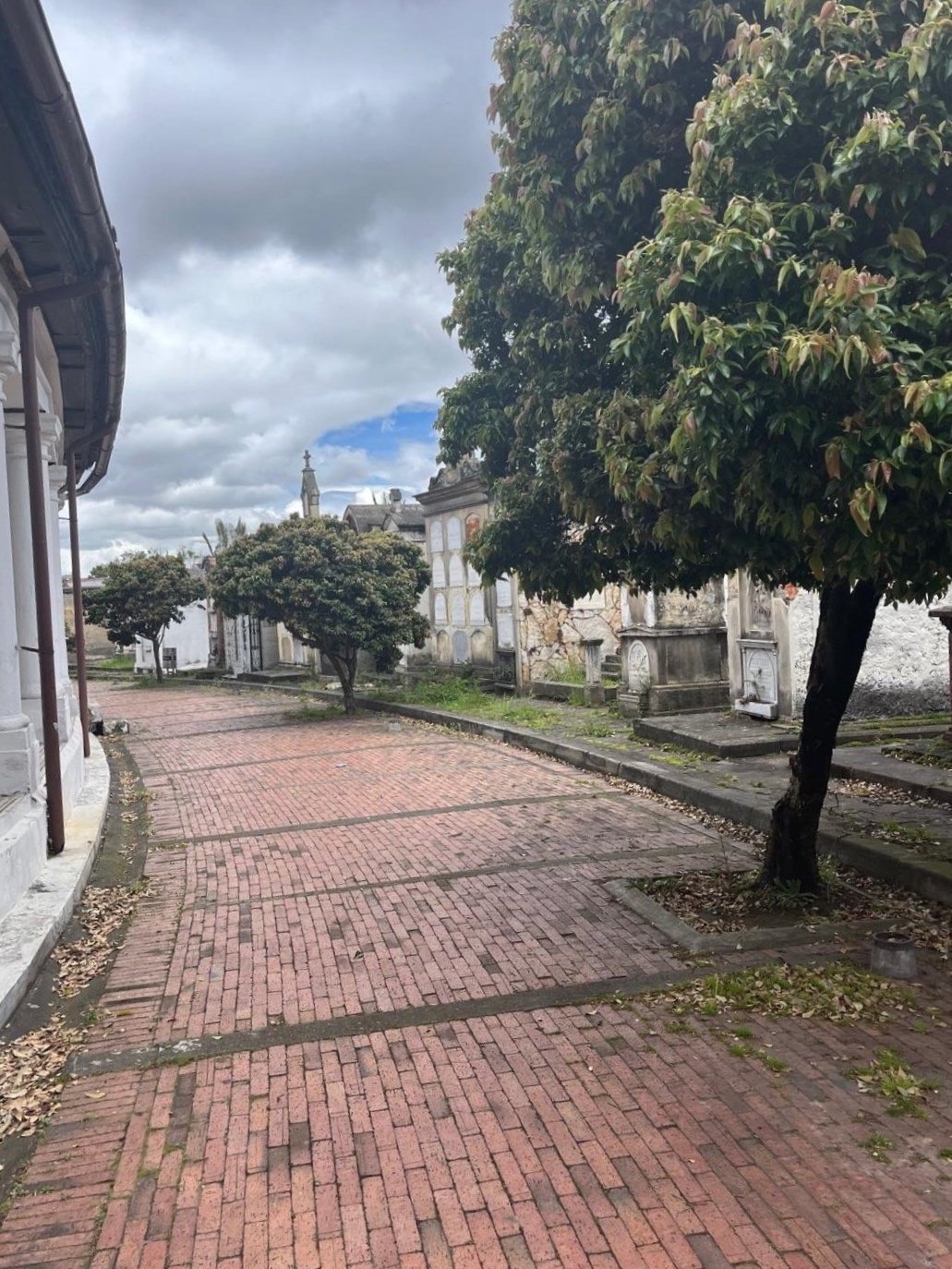
Our tour concluded in the historic cemetery nearby—an unexpected yet fitting end to a day full of layered narratives. Everyone we spoke with was generous with their time, honest about the challenges, and eager to connect us to more sources and stories. We came away with a better understanding of how migrants are integrated into illicit economies that are already present in Bogotá and the overlapping factors that drive people to illicit rather than formal work. A very productive field day, indeed.
